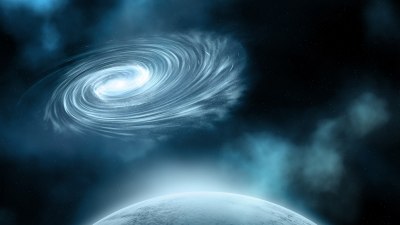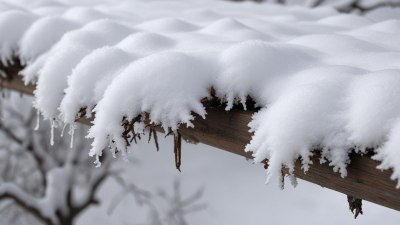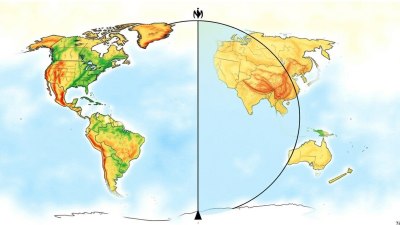What Makes the Transition Between Cold and Warm So Drastic
Explore the intense weather shifts between cold and warm seasons and their environmental impacts.

The transition between cold and warm seasons is one of nature's most fascinating phenomena, marked by drastic changes in weather patterns, temperatures, and ecological impacts. This article delves into the factors that contribute to these significant transitions, examining meteorological processes, climate variability, and the effects on both human and natural systems.
Understanding Seasonal Transitions
Seasonal changes occur due to the tilt of the Earth's axis and its orbit around the sun. When one hemisphere tilts towards the sun, it experiences warmer temperatures, while the opposite hemisphere experiences colder conditions. This axial tilt and Earth’s elliptical orbit create the distinctive seasons: winter, spring, summer, and autumn.
Meteorological Factors
The transition from cold to warm is often characterized by abrupt changes in weather, influenced by several meteorological factors. One of the primary contributors is the movement of air masses. Cold air masses are denser and can push warm air upwards, leading to dramatic temperature shifts. Additionally, frontal systems, like cold fronts and warm fronts, play a pivotal role. A cold front can quickly replace warm, moist air with colder, drier air, resulting in sharp temperature drops followed by warming as the front passes.
Temperature Gradients
Temperature gradients are another critical aspect of seasonal transitions. During the transition from winter to spring, temperature differences between the equator and the poles begin to diminish. This balance shift can lead to increased storminess and volatility in weather patterns. When warm air mass encounters a cold air mass, it often results in unstable atmospheric conditions, leading to thunderstorms and severe weather events.
Climate Change Influences
Climate change exacerbates the transitions between cold and warm seasons. Rising global temperatures result in more pronounced weather extremes. Warmer winters can lead to earlier spring thaws, which trigger ecological mismatches, such as plants blooming before pollinators emerge. This misalignment can disrupt entire ecosystems and seasonal patterns, showcasing the significant impact of human-driven climate alterations.
Geographic Variability
The geographical location greatly affects how dramatically these transitions are felt. For instance, temperate regions experience more acute shifts than tropical regions, where temperatures remain relatively stable. Mountainous areas and coastal regions also have unique climatic patterns that can exacerbate or soften the temperature changes. Elevation and proximity to water bodies can modify local climates, leading to distinct seasonal experiences.
Effects on Ecosystems
Ecological systems are particularly responsive to changes in temperature and weather patterns. The onset of warmer temperatures triggers various biological processes, such as flowering in plants and migration in animals. These biological cues are often finely tuned to specific temperature thresholds. A rapid transition can disrupt these seasonal signals, leading to cascading effects on food webs and habitat relationships.
Human Impact and Adaptation
Humans are not immune to the effects of drastic seasonal transitions. Agriculture, for instance, is heavily dependent on predictable seasonal patterns. Changes in temperature can alter planting seasons, affect crop yields, and lead to food security issues. Furthermore, increased frequency of extreme weather events necessitates improved infrastructure and disaster preparedness. Communities must adapt to cope with these changes effectively.
Future Projections
Looking ahead, the trend of increasing weather extremes and unpredictable seasonal transitions is likely to continue. Models predict that climate change will lead to more frequent and intensified shifts between cold and warm seasons. It underscores the importance of understanding these dynamics to better prepare for future impacts on ecological systems and human livelihoods. Scientists are continuously studying these transitions to identify patterns, improve predictive models, and develop strategies for adaptation.
The transition between cold and warm seasons is a multifaceted process influenced by various meteorological and climatic factors. As we advance into an era of rapid climate change, it becomes increasingly crucial to decipher these patterns and prepare for their impacts. By doing so, we can better protect our ecosystems, agriculture, and communities from the repercussions of drastic seasonal transitions.











